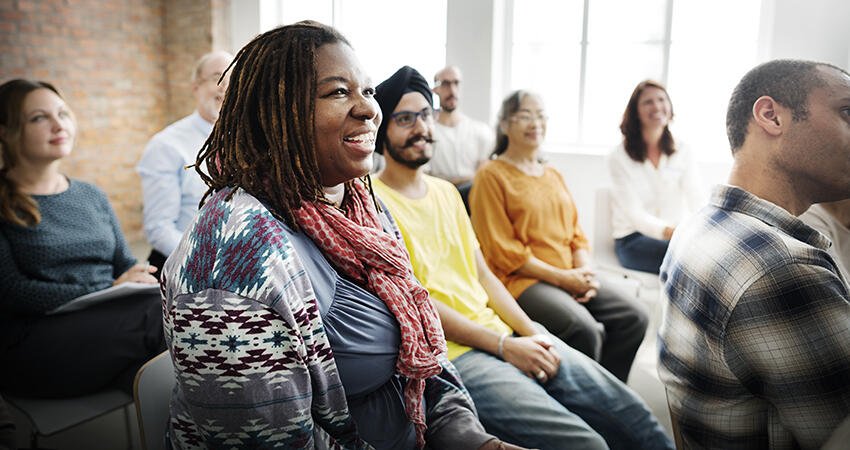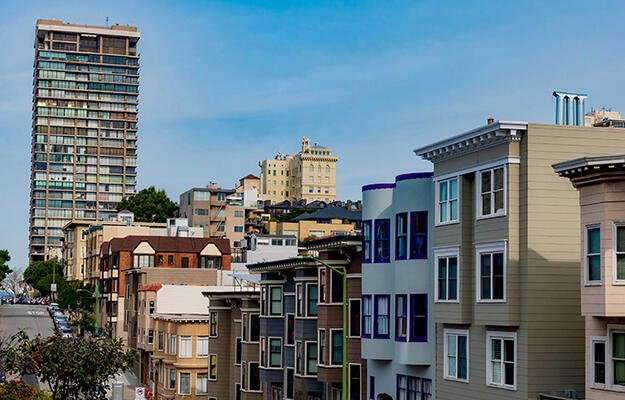
Building Community Capacity from a Distance: Four Lessons from Resident-Led Housing Solutions
Since the beginning of the pandemic, there has been an abrupt shift in how organizations with missions deeply embedded in service delivery support their communities. These groups are typically on the frontlines of advocating for residents and championing programs and services for low-income neighborhoods, communities of color, and other populations in need. But as they adhere to physical distancing guidelines, organizations are more removed from the people they serve and are instead finding new ways to position themselves as resident centered.
At the end of last year, the Urban Institute partnered with local collaborations to provide technical assistance to advance their goals of promoting stability, well-being, and racial equity in their communities. These three collaborations, consisting of several community-focused organizations and agencies, were the winners of a design challenge that encouraged creating projects with feedback from their community residents. The projects range from addressing rental stability through increasing household savings, engaging the community to improve health and wellness, and serving residents of color along a service-enriched homelessness-to-homeownership continuum. Building from a human-centered design approach, they are developing project concepts while embedding research and evidence that considers how residents can achieve better housing outcomes. As a starting point, the organizations had to establish strong relationships with community residents and community partners, but COVID-19 has surfaced challenges for resident engagement through normal channels and strategies. The three groups have had to adjust timelines, cancel events, and build trust virtually to advance their community engagement goals. This shift in priorities has created new roles and responsibilities and provided an environment to learn and grow. Here are four lessons emerging from efforts to keep housing outcomes focused on residents during the pandemic.
-
Pausing programmatic activities can carve time for learning and strategic planning
Many service-oriented organizations hit the ground running to meet community needs, and this charge has been amplified with the disparate needs surfaced because of the pandemic. Some groups have been scrambling to mitigate their new roles by cancelling events, meetings, and community engagement activities. Although there is still much direct service provision that can be done, there is also the opportunity to revisit strategic planning goals. A collaborative in Kalamazoo, Michigan, led by Open Doors, has used the changes rising from COVID-19 to double down on their planning efforts and strengthen their partnerships. They continue to navigate their residents’ housing and service needs while developing a comprehensive narrative strategy to message their homelessness-to-homeownership campaign and building the evidence base supporting the model. This opportunity positions them to thoughtfully finance and scale programs as residents seek pathways to resilience.
-
New barriers to engagement can lead to more creative engagement methods
Although physical distancing prevents gathering for public engagement events, there are innovative ways to get feedback from residents. With most households confined to one place, there is an opportunity to use digital platforms to demonstrate the organization’s presence and build trust. The Garfield Park Wellness Collaborative (GPWC) was planning a robust suite of in-person community engagement activities, culminating in a Black Culture Wellness Festival scheduled near the Juneteenth celebration. Health equity was always at the center of GPWC’s work, but COVID-19 is forcing the team to broaden their strategy to include a more immediate focus on emerging health challenges. Leaning into this increased awareness, they have been able to consider social media strategies and other tools to best tap into residents’ needs and understand how to serve them. Although this deviates from their original plan, there are new avenues for engaging people who would not have access to community meetings or other events.
-
Existing infrastructure and ongoing relationships can be repurposed in an emergency
Even if collaboratives can no longer engage residents in the same ways, there might be existing infrastructure or collaboration that creates a framework for emergency response. The Resident Resiliency Incentive Initiative (R2I2) uses bank accounts set up for household savings to provide emergency funding to residents in need. Its relationship with the local bank was already established and the households were coached on financial literacy prior to the pandemic. Although the project initially focused on increasing housing stability through energy and transportation savings, R2I2’s pivot to better understanding their residents’ needs allows them to continue keeping renters in place through rent relief, grocery assistance, and direct cash transfers. This was also bolstered by the relationships fostered among the R2I2 team, the households they serve, resident coordinators in the housing developments, and the local bank.
-
Advising offers room for flexibility to shift into action
These projects have all demonstrated the capacity to be nimble and efficient during a public health crisis. This meant technical assistance has also had to be flexible. Urban has been focused on leveraging capacities to be responsive as the community partners shift, keeping the same housing outcomes in mind. As they adapt, the goal remains the same: putting residents first when addressing housing and neighborhood challenges. Human-centered design entails constant resident collaboration, and even during COVID-19, it’s still possible. Design thinking is all about the mindset; organizations can keep residents at the center—even if at a distance.
Photo by Rawpixel.com/Shutterstock


